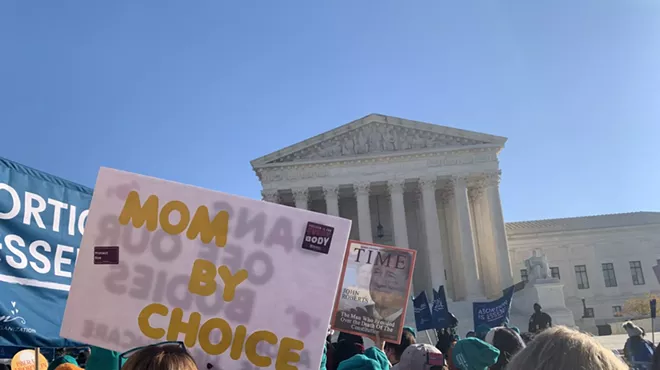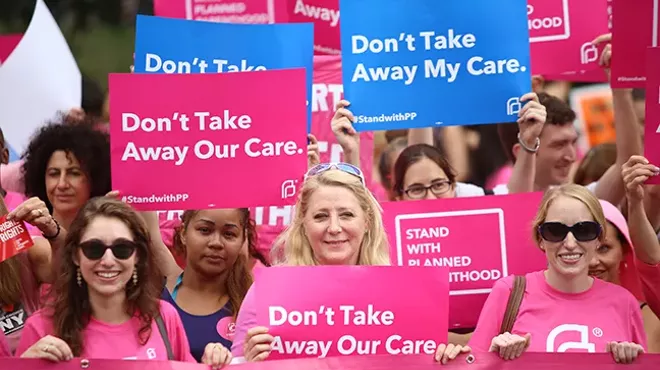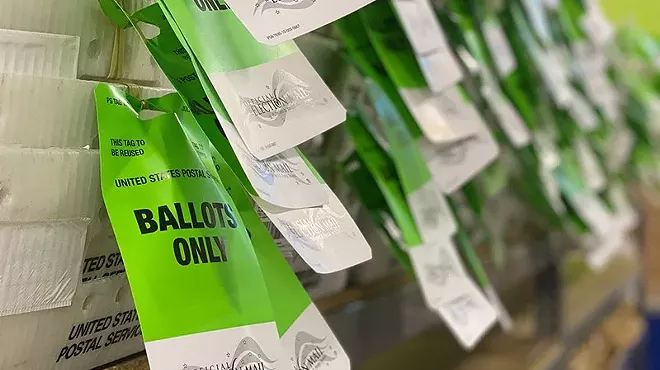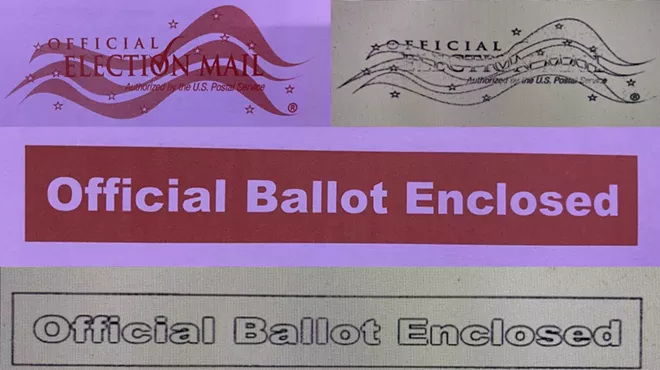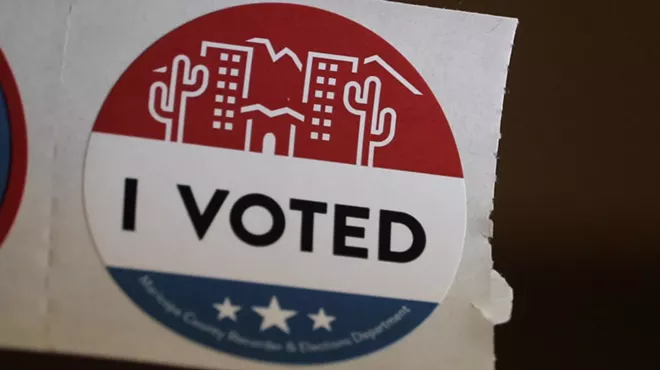Wednesday, March 2, 2016
A Look at Arizona's Classroom Spending Numbers
The percentage Arizona schools spend in the classroom is down this year, and TUSD's percentage is especially low. You can look at this morning's Howard Fischer/Alexis Huicochea article in the Star which gives an overall look at and analysis of the stats, and you can get more detailed information from the Auditor General's Report of Arizona School District Spending for Fiscal Year 2015 which gives a breakdown of spending in every school district in the state.
The information can be taken apart and put together in any number of ways. The most obvious takeaway is, when less money is allotted per student—and as can't be repeated too often, Arizona is 48th, or lower, in the amount it spends per student—the percentage goes down in the classroom. Fixed costs remain fixed costs. You may be able to trim a bit from what you spend on building maintenance, transportation, food services and the like, but they're stubborn costs. You can't make a school too much colder or warmer to save on energy usage, you can only put off building maintenance so long, you can't make bus transportation much more "efficient" without cutting back on safety and student convenience, and you can't cut back too far on food services without cutting back on safety and nutrition. But you can always put a few more desks in a classroom for a few more students, hold on to outdated textbooks a few years longer, cut back on paper and other consumable supplies—and, of course, cut teacher salaries.
Look at teacher salaries. Arizona's are low. By cheating teachers of the compensation they deserve, we're lowering the amount we spend in the classroom. If we did nothing other than give teachers a salary boost while we kept all other district spending constant, we'd increase the percentage we spend in the classroom. But giving teachers a fair wage means districts have to spend money they don't have, thanks to our deadbeat legislature (#deadbeat).
Then look at class size. More students per class means less money is spent per student on our already-low-paid teachers. For example, if 25 students are in a classroom with a teacher who makes $40,000 a year, that comes to $1,600 per student. With 35 students, the cost goes down to $1,143, or $457 less per student spent on teachers. If we did nothing other than lower the number of students in a class, we'd increase the percentage we spend in the classroom. Add that to a raise for teachers, and the percentage increases still more. But if the state doesn't value education enough to spend closer to what other states spend, low teacher salaries and large classrooms are the inevitable result. You gotta keep costs down somewhere, and all those fixed costs are, well, fixed.
If you want to save money on administration, well, I'm certain there are ways to cut back, but Arizona already spends the lowest percentage on administration of any state in the country. Note, that's not just the lowest total dollar amount. It's the lowest percentage of the amount spent per student. So if you think there's a lot of administrative fat to cut in Arizona schools, then you're going to have to concede that schools in the rest of the nation, which spend a larger percentage than we do in the classroom, are morbidly obese administratively.
When overall spending per student decreased in Arizona starting with the recession in 2009, the percentage spent in the classroom decreased as well. According to the Auditor General's report (page 3 if you're following along), between 2001 and 2008, Arizona spend between 57.7 and 58.6 percent of its education dollars in the classroom. That's lower than the U.S average, which is closer to 61 percent, but remember, Arizona was spending less per student than the national average during those years as well, so fixed costs still ate up more of the budget than in better funded states. But when our legislature decided to cut $330 million a year from schools in 2009—violating the express will of the voters and a court order, as can't be repeated too often (#deadbeat)—the percentage in the classroom fell each year, to the 2015 level of 53.6.
But what about TUSD, some of you are asking. Why does the Tucson district spend a lower percentage in the classroom than the state average? That's the subject of another post, which will be coming soon.
Tags: Auditor General's Report of Arizona School District Spending for Fiscal Year 2015 , School spending , Spending per student , Classroom spending



